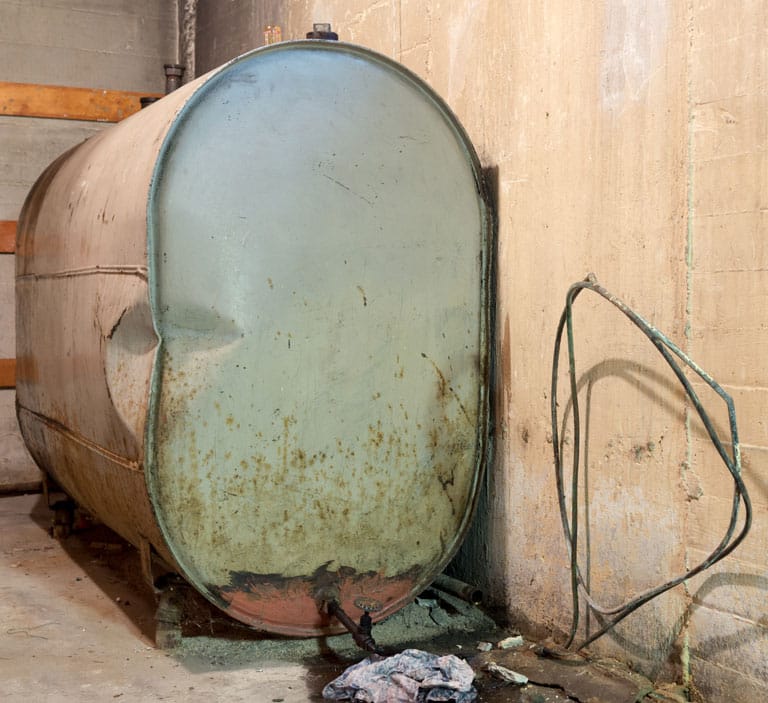The sound of a furnace on a cold evening is a source of peace for a lot of homeowners. Tanks for oil are often ignored until they become a cause of concern. Replacement of the oil tank is a vital aspect of proactive maintenance for the security and effectiveness of your home. We’ll take a look at the subject of oil tank replacement costs to help you navigate this essential investment for your home’s well-being.
The importance of maintenance on oil tanks: avoidance is key
Many homeowners undervalue the importance of maintenance for their oil tank. Tanks for oil are crucial to the home infrastructure. As a responsible homeowner, it is essential that your heating system operates efficiently. A minor oil spill could turn into a major financial and environmental problem in the near future.

Understanding Average Costs: A 275 Gallon Case Study
The power of knowledge is paramount, particularly when budgeting for home maintenance tasks. Take a look at how much it will cost to replace a home oil tank with 275 gallons, which is the most popular size. The average cost is around $3,600 in states such as Massachusetts, New Hampshire and Connecticut. It’s important to know that this figure is based on a simple replacement in an outside or basement space without major problems with access. For more information, click Oil tank replacement cost
Oil Tank Replacement The issue is not just about cost.
Even though the cost of changing your oil tank could initially seem expensive however, it’s an investment for your home’s security and comfort in the long-term. Here’s why:
Safety First: Tanks for oil that are old can leak and pose a risk of fire. They could also lead to environmental contamination. This risk is eliminated by replacing your tank, which gives your family and yourself peace of at.
Optimized Efficiency: Older oil tanks can become less efficient over time, requiring more frequent oil deliveries to keep warm. Newer tanks are more efficient, which can cut your heating costs in time.
Peace of Mind For Years to Come: A brand-new oil tank can provide many years of reliable service, removing any worries of breakdowns that are unexpected or leaks in the winter months.
Oil Tank Replacement Costs: The factors that affect the cost
The $3,600 average price for a replacement tank that is 275 gallons can serve as a base. Several factors can affect the final cost of the project:
The Tank’s Size: The larger tanks typically cost more to replace than smaller tanks.
The tank’s location: It is more expensive to remove and replace a tank that is beneath the ground than one that is located in an easily accessible crawlspace or basement.
Accessibility issues Accessibility Issues: If the tank is not accessible due to the proximity of structures or restricted spaces, the cost of labor for removal and installation will be higher.
Proper disposal of old tanks can result in higher costs.
Plan for the Future of Your Home Plan for Oil Tank Replacement
Tanks for oil typically have a lifespan of 15 to 30 years dependent on a variety of factors. Knowing the approximate longevity of your tank will allow you to anticipate replacing it before issues arise. It is recommended to schedule a professional inspection to determine the condition of your existing tank and then receive a more precise estimate for a replacement.
Investing in your home’s safety and the long-term viability of your home
Oil tanks are not only meant to provide warmth and comfort, but also an investment that is beneficial to the earth. Older oil tanks are prone to leakage over time, contaminating soil and groundwater. Modern tanks are constructed with stricter environmental regulations with a view to ensuring responsible oil storage and minimizing the chance of environmental damage.
Know-how is power: How to take control of your home’s well-being
Understanding oil tank replacement costs will allow you to make informed choices about your home’s upkeep. It is possible to ensure that your heating system is safe, environmentally-friendly, and reliable for a long time by focusing on regular replacement. Don’t be shocked by a problem with your oil tank during winter. You can rest your mind and be warm through planning and budgeting for this essential home maintenance job.

